
|
The Stamford Historical Society Presents
Stamford's
Civil War: At Home and in the Field
a 2003 Exhibit and more
The
Home Front:
Biographies of Citizens whose Images are Shown
in the Exhibit
Images from Picturesque Stamford 1892
|
His career
centered in the field of manufacturing, which included senior partnership
of
Davenport & Treacy Company, producers of piano plates,
and treasurer of the Blickensderfer Typewriter Company. In addition,
he was a director of the First National Bank of Stamford and a member
of the
City Board of Apportionment. |
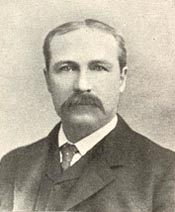 |
 |
After
earning both his B.A. and M.A. at Trinity College in Hartford and a
degree from
Yale Law School,
Ferguson
began devoting his abilities toward the betterment of Stamford. He
served two terms as State Representative and four years as Judge
of Probate. At the same time he became active with several political
and
community minded associations, especially those he felt were of great
consequence to the children. Constantly striving to refine conditions
in the local public schools, he was successful in persuading the
town to centralize their educational complex. Connected to this was
his
desire to establish a public library. Unfortunately, poor health
did not allow for the implementation of these plans during his short
lifetime.
His will contained a bequest of $10,000 for instituting a public
library subject to the raising of an additional $25,000 within a stipulated
time period. Today, the Ferguson Library more than amply fulfills
this
farsighted individual’s desire for community improvement through
learning. |
Charles
A. Hawley
(1792-1866)
He was
a man of varied interests, including literature, law and politics.
He graduated
from Yale and attended
the
Litchfield Law School. Starting with his election as a member of
the Stamford Board of Warden & Burgesses his political calling
included State Representative, State Senator and Lieutenant-Governor
of Connecticut. |
 |
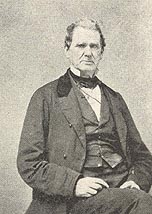 |
William
H. Holly
(1798-1867)
This
civic minded individual held a variety of positions within the community.
He served
Stamford as editor
and publisher of the “Stamford Advocate,” county surveyor,
appraiser and proprietor of a lending library. In addition he held
other situations as auctioneer, Town Clerk, communal orator at festive
occasions, member of the State Commission on the boundary dispute between
New York & Connecticut, bookseller and Judge of Probate. |
James
H. Hoyt
(1809-1873)
Beginning
as a cabinet maker’s
apprentice he eventually acquired a sizable lumber yard and was perhaps
one of the first to import hard coal into Stamford. Upon construction
of the railroad he became the successful contractor for erection of
grading, bridge building and supplying rail ties and fuel. He became
superintendent of the New York & New Haven Railroad in 1854,
retaining that position until his death. see also |
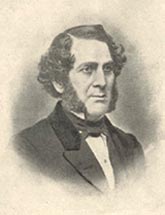 |
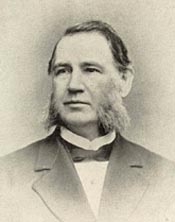 |
Olier
Hoyt
(1823-1887)
After achieving
success as a leather merchant in New York, he returned to Stamford,
reestablishing himself
in the community. He presided over the earliest known family reunion
held in this city, the Hoyt Family Meeting, June 20 and 21, 1866. |
William
T. Minor
(1815-1889)
A graduate of Yale,
and son of an attorney, he began practicing law here in 1840. Within
a few years he stood for
Stamford at the State Legislature as a Representative, State Senator
and Judge of Fairfield County Court. Citizens of Connecticut elected
him Governor in 1855 on top of the American or Know Nothing party
ticket. President Lincoln appointed him counsel-general to Havana.
After the
Civil War he returned again as a Representative to the State Legislature,
culminating in an appointment as a Judge on the State Superior Court. |
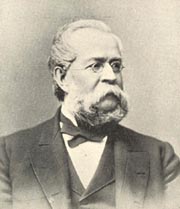 |
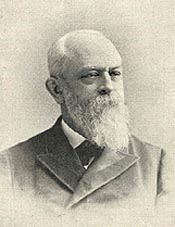 |
He held
numerous positions of public trust including Judge of Probate, State’s Attorney for Fairfield
County, State Representative, Town Counsel and member of the Stamford
Board of Warden & Burgesses. |
Thomas
G. Ritch
(1827-1907)
An attorney who
commuted daily to his office in New York, yet found time for public
involvement. During the
Civil War he served as Town Treasurer. Other civic positions included
Trustee of the
Ferguson Library and the Center Public School. |
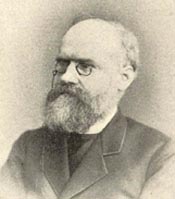 |
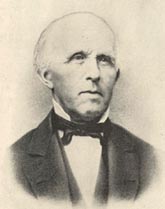 |
Albert
Seely
(1809-1889)
Dynamic
in real estate, buying, selling and mortgaging, his successes ascended and
declined in the early 1840’s.
Still, undiscouraged he established a stage route to New York. With
the construction of the railroad he contracted for its right of way.
Seeley then erected a block of stores on Main Street, a multi-family
house on Atlantic Street and Seely’s Hall, site of Town meetings,
social and political gatherings throughout the Civil War. |
William Skiddy
Educated as a Naval architect
and ship builder, he served in the Navy as a midshipman aboard US sloop Hornet during the War of 1812. In public affairs he held positions on the boards
of
several organizations
including Woodland Cemetery Association as treasurer. |
 |
 
|
|
|
|










